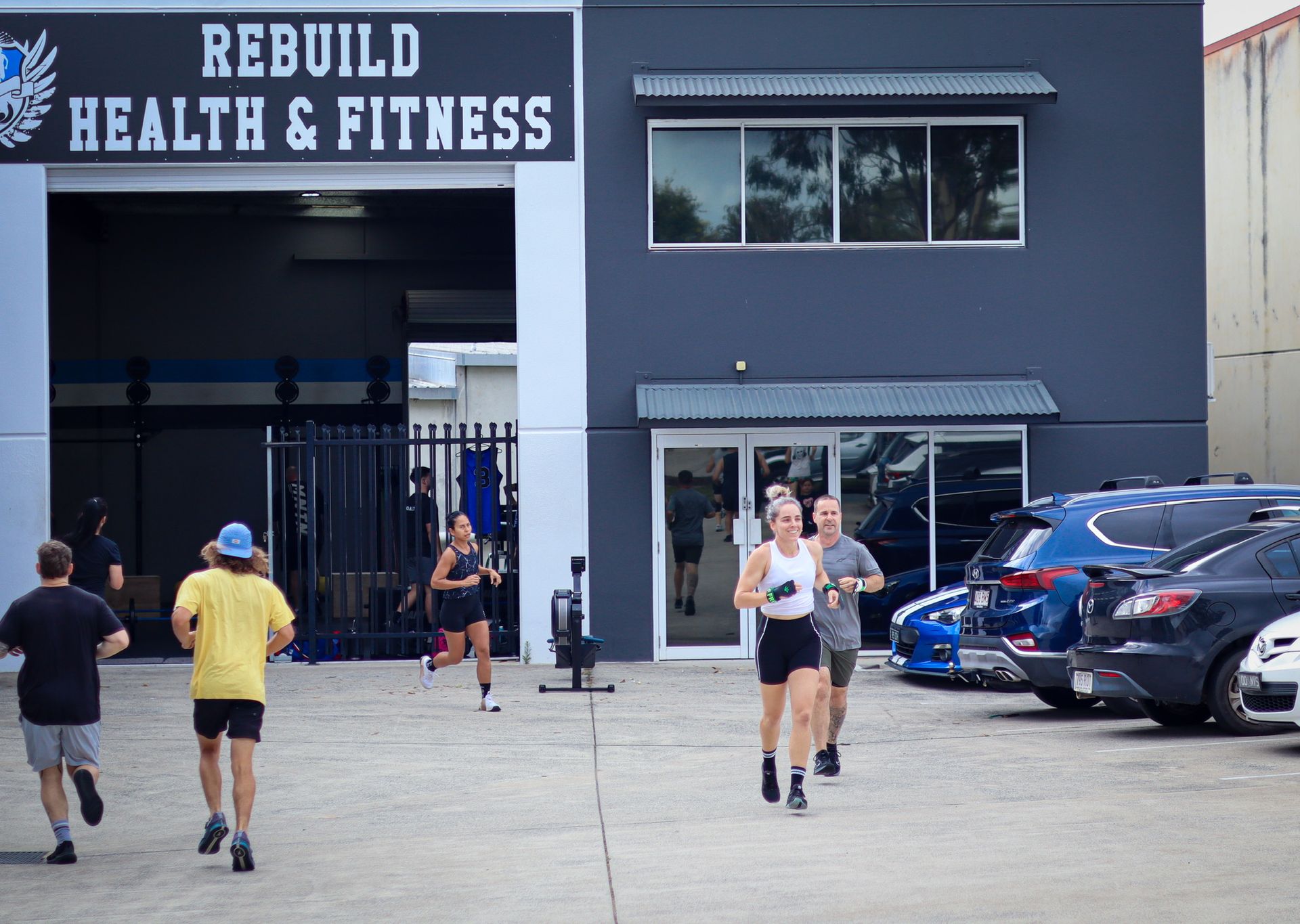Obstacles To Hitting Your Health Goals: The Muscle Nerds
Being successful in improving your body composition is not an easy task, and takes sacrifice, something Luke and Zoe, self-proclaimed ‘Muscle Nerds’ discuss on this episode of Rebuild Health and Fitness. With current ideas on diet like intuitive eating not being ideal for everyone- particularly those with low nutritional literacy and hormone issues, how can people achieve their ideal body type, and what struggles will they have to overcome in the process? First obstacle: feeling hungry The first hurdle to overcome is basically realising the difference between actual hunger and psychological hunger. “People don’t realise when they are on a diet they will be hungry', Luke says. Basically, the more extra weight you have to lose, the more you are going to promote leptin resistance, meaning that you aren’t going to feel satiated. As Luke explains, it may help beginners to track their calories and follow some kind of meal plan which provides structure, and eventually turns into a daily ritual. What works is simply something that you can maintain for the rest of your life. Second obstacle: battling your psychological connection to food Almost everyone has some kind of psychological connection or attachment to food, so figuring out what works for everyone is “a really fine line, a really delicate dance“ Zoe says. “To try and take such an emotive topic and make it non emotive, black and white is almost impossible,” she adds. “A good relationship with food is being able to say yes and no to it,' James says. Additionally even when someone decides to embark on a healthy eating journey, pressures for instance at the work place, can make it difficult to succeed. People can shame you for not wanting to eat that piece of cake or even feel judged by your healthy eating choices- (basically their psychological issues reflecting on you). Third obstacle: being demotivated by results It is important to note that the beginning of your fitness journey is where you will see the biggest results, where Luke notes that you will put on 6-10 kg of muscle, after which it can rapidly slow down. He also suggests not focusing solely on the scale to measure progress, and instead also have strength goals. “Performance metrics give you something else to focus on rather than just how you look on the outside,” he says. He notes this particularly for women who traditionally have not cared much about their strength goals, and can find this very empowering. So, what is the ideal diet? According to Luke the ideal diet is one that prioritizes protein and vegetables. He emphasizes a ‘lower’ carb diet, typically under 40% of your daily calories. “You don’t have to go to Keto land for this,” he adds. Although eating sufficient calories are important (particularly if you are a performance athlete), Luke notes that he is “not against low calorie diets.” He says that the current trend in the industry is to push for higher calories, however “not everybody can eat 3000 calorie diets”. Building muscle… According to Luke it makes more sense to get lean first and then put on muscle as he says, “The fatter you get, the more insulin resistant you get, the harder it is to put on muscle and easier it is to put on fat.” “I’m convinced there is an anabolic resistance issue because the insulin receptor is not working properly,” he adds. “You don’t need a lot of calories to put on muscle,” he also notes, meaning you could technically put on muscle even in a caloric deficit as long as you are hitting your protein requirements. All body fat percentage calculators are prone to error, which is why Luke says it “doesn’t matter it's how you look and feel.” However he adds that ideally men should get below 15 percent body fat and women should aim for 24-27. Another aspect to take into account is training age. “People who have been training for years will have different physiques than those who haven’t been training for long,” Luke says. He adds that your training age is also dependent on whether or not you have been training with a coach and how diligently you follow your program along with other factors. When people who are intermediate or advanced at the gym stop training due to injuries or other causes, they return much stronger and build muscle much faster than beginners. “Structural changes don’t go away they are just dormant,” Luke says.
Previous Blogs


